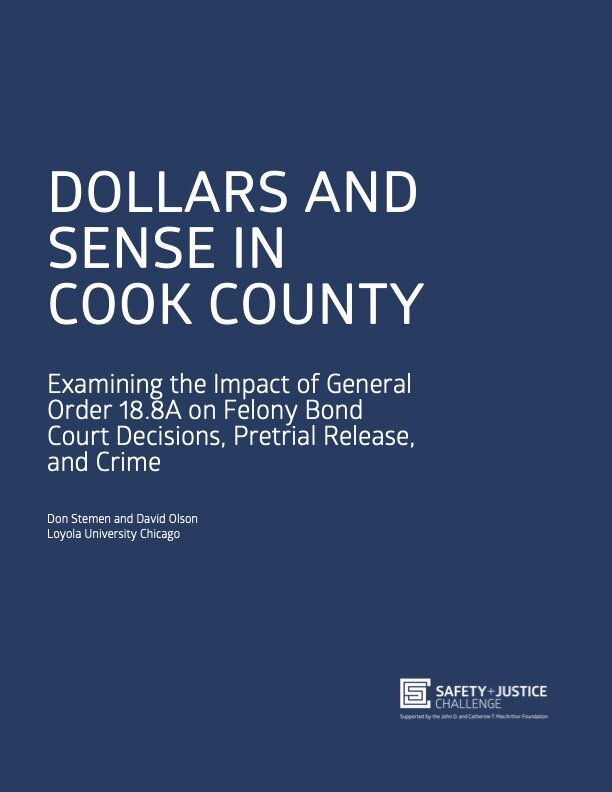By Jaeok Kim, Cherrell Green, Alex Boldin, Quinn Hood, and Shirin Purkayastha
In April 2019, New York passed historic bail reform that was intended to reduce the use of pretrial detention. The impact was quick and sizable: from April 2019 to March 2020, the number of people incarcerated in New York jails decreased by more than 30 percent. The unprecedented COVID-19 pandemic further decreased the number of people in jail. In July 2020, a daily average of 11,000 people were incarcerated in local jails across New York, hitting a two-decade low.1 Two-thirds of these people were incarcerated in jails outside of New York City. This report provides an extensive look at how five counties—Albany, Broome, Erie, Tompkins, and Ulster—implemented key provisions of the bail reform law. The analysis incorporates multiple data sources, including arrest, jail, and pretrial supervision administrative data; court observations; and system actor interviews. The major findings are as follows: 1. Changes in pretrial admissions and likelihood of pretrial detention § Across the counties, pretrial populations decreased more than 35 percent after the implementation of bail reform. § The likelihood of pretrial detention after arrest decreased by more than 35 percent after the implementation of bail reform. 2. Putting policy into practice: Findings from 300 virtual court observations § Mandatory release effectively limited the use of money bail. § Prosecutors and judges relied on money bail where still allowed. Judges set bail in about a quarter of all arraignments and for almost 60 percent of cases with qualifying charges. § When setting bail, judges rarely considered ability to pay and often set bail above defense counsel requests. In more than 70 percent of cases for which judges set bail, discussion about the person’s ability to pay remained absent from their arraignment hearing. § Prosecutors and judges relied on criminal history and severity of charge when assessing bail in more than a quarter of cases in which bail was set. § Although it occurred rarely, the 2020 amendments to bail reform allowed judges to use ambiguity in the statutes to set bail on charges that otherwise required mandatory release. 3. Twenty-six system actors’ perceptions of bail reform § More than 90 percent of system actors interviewed supported the bail reforms. § Virtual arraignments, introduced in response to the COVID-19 pandemic, hampered attorney–client communication. Defendants faced many barriers in returning to court, including substance use, mental health, and financial struggles. § Inconsistent practices in local and county courts created challenges to the successful implementation of the law. 4. Changes in the use of pretrial supervision after bail reform implementation § The number of people admitted to pretrial supervision in Albany, Broome, and Ulster Counties decreased by more than one-third immediately after bail reform went into effect. § COVID-19 resulted in short-term declines in pretrial supervision admissions in Albany, Broome, and Ulster Counties, and a more prolonged effect in Erie County. § The share of new supervision admissions for misdemeanor cases dropped more than 30 percent at the beginning of the pandemic, then returned to prepandemic levels. § Variations in the use of release conditions reveal different court practices across counties. § Less than 15 percent of new pretrial supervision cases ended in revocation within six months, mostly for felony rearrest or failure to appear.
New York: Vera Institute of Justice, 2022. 47p.





















